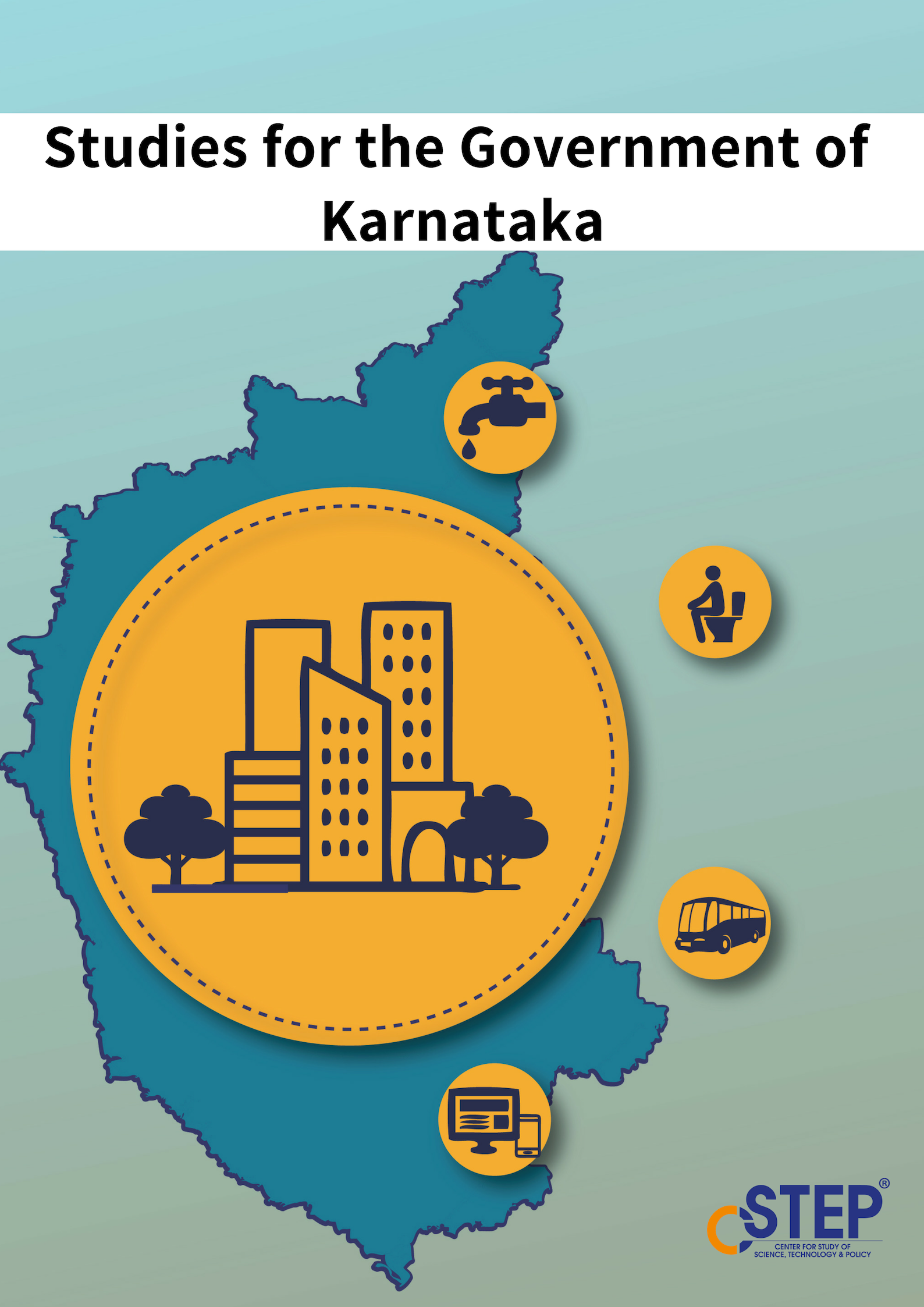Fossil fuels are deeply tied to electricity generation, industrial operations, and transportation among other crucial sectors and cannot be easily dissociated from energy use. CSTEP focuses on a greater integration of renewables and reduction of waste energy in such sectors. This includes working with utilities to improve rooftop solar penetration, mapping potential of various renewables across the country, and analysing energy usage of MSMEs to reduce their fossil fuel consumption.






OPINION: Exploring New Options to Electrify Process Heating in MSMEs
The benefits of switching to electric process-heating technologies are evident. Traditionally, process heat is provided at temperatures well above the required levels, while electrical process-heating technologies deliver heat at precise temperatures.
Rooftop Solar-Based EV Charging in India: A Techno-Economic Comparison
Decentralised renewable energy resources for electric vehicle (EV) charging pave the way for green mobility. In this paper, we analyse different rooftop solar-based EV charging station (EVCS) configurations. The configurations are designed with and without battery storage and grid connection. A techno-economic framework is developed based on the power flow interactions between rooftop photovoltaic (RTPV), grid, and battery storage to calculate the life-cycle costing of the system and life-cycle cost of energy (LCOE).
Financially Solvent Utilities for Improved Energy Access
Electricity distribution utilities drive the expansion of energy access and the transition to clean energy. With the COVID-19 pandemic deteriorating the financial health of utilities, measures at operational, institutional, financial, and commercial levels should be initiated to make utilities economically sound and future-ready.
Think in Systems To Deliver India’s Long-term Climate Strategy
The 2015 Paris Agreement required countries to submit their long-term climate action strategies by 2020. At COP26, India made a surprise announcement of a target to reach net-zero carbon emissions by 2070, which means it will aim to balance the amount of carbon dioxide emitted with the amount absorbed.
Budget 2022: What To Look For
The year 2021 was a year of mixed fortunes. On the one hand, we witnessed India crossing 100 GW of installed renewable energy, while on the other, the pandemic took a toll on communities at large. Many of the efforts that had started at a good clip in early 2021 saw considerable slowing down mid-year due to the pandemic. The past year also had approximately 12GW of solar energy capacity installed, more than 250% compared to 2020.
Power Sector Commitments at COP26 – How To Achieve Them
India’s greenhouse gas (GHG) emissions are 2.5 GtCO2 per year, which is very low compared to the highest emitting countries, such as the United States (10 GtCO2 per year) and China (5 GtCO2 per year). However, it is commendable that at the United Nations Climate Change Conference (COP26) held recently in Glasgow, India set ambitious targets to reduce carbon emissions from its energy sector.
Electric Vehicle Demand Projection for Bengaluru and Power Demand Management
According to data from the International Energy Agency (2020) and the Ministry of Environment, Forest and Climate Change (2018), it is estimated that more than 90% of CO2 emissions from the transport sector is from road transport. The Government of India (GoI) has taken several steps to electrify the transport sector. In 2013, India expanded its decarbonisation vision by launching the National Electric Mobility Mission Plan (NEMMP) for 2020.
India Solar Energy Market Outlook 2022
At the recently concluded 26th session of the Conference of the Parties (COP26) in Glasgow, India announced that it will raise its non-fossil energy capacity to 500 GW by 2030. Solar energy will play a key role in achieving this target.
An Introduction to Mini-grids in India
Mini-grids (MG) — the small power stations that are scaled-down versions of city power grids — are today recognised for their role in bringing reliability to power supply. They are also known for their inherent ability to utilise the abundant renewable energy (RE) present in India, and for providing a controllable and independent energy-service option to consumers. Mini-grids are crucial for creating a national-level distributed grid system too.
Going Smart With Energy Audit
The Indian power ministry recently mandated periodic energy accounting to reduce electricity losses for distribution companies (DISCOMs). This move will help identify areas of high transmission and distribution (T&D) losses and theft and enable corrective action. It will also provide detailed information about electricity consumption by different consumer categories and will make DISCOM officials accountable for any losses and/or thefts falling under their purview.